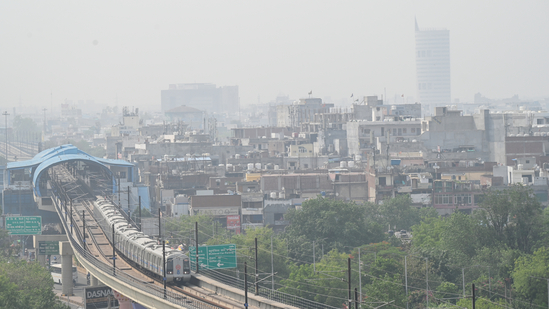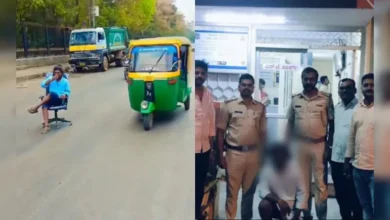Delhi Pollution: Why GRAP-1 Was Imposed Across NCR and What Are the Restrictions
Residents Urged to Limit Outdoor Activities and Prefer Public Transport Amid Sudden Air Quality Drop


Delhi Adopts Stage-I Limitations Under GRAP In Spite of Gradual Increase in Pollution Levels
The Delhi-NCR has implemented the Stage-I of the Graded Response Action Plan (GRAP) since levels of pollution were persistently high in spite of initial predictions suggesting an improvement. The announcement was made after a thorough review by the Commission of Air Quality Management (CAQM) sub-committee on Friday, which mentioned strong winds with dust from far-flung locations as a key factor in deteriorating the air quality of the city.
On 15 May, the air quality index (AQI) in Delhi fell drastically, and on May 16, it was 278, which falls under ‘Poor’ category. Weather forecasts by the India Meteorological Department (IMD) and the Indian Institute of Tropical Meteorology (IITM) indicate that the air quality will probably fall in the lower range of the ‘Poor’ category on May 17, which made the authorities act on an urgent basis.
Dust Control Measures and Public Warnings
The government has imposed stricter dust control measures at construction and demolition sites, particularly those measuring more than 500 square metres, which are required to have approved dust management plans. Open burning of trash, leaves, and other refuse has been prohibited throughout the country. Moreover, the use of firewood or coal by roadside food vendors and business establishments is prohibited, with businesses urged to transition to electricity, gas, or clean fuels for cooking.
Limitations on diesel generators are imposed as well, to be used only for emergency or necessary usage. Cars with visible pollutants can be fined or even impounded. Regulation of traffic has been increased with deployment of police at chokepoints, and drivers are also made to turn off engines at red lights and reduce idling to limit emissionsCars older than 10 years (diesel) and 15 years (petrol) continue to be banned in Delhi.
In a bid to reduce other polluting sources, the production, sale, and storage of firecrackers across the NCR region have been prohibited till January 1, 2025. Polluting units and thermal power plants within 300 km of Delhi are also under tight curbs, with officials ready to initiate action against offenders.
Residents are encouraged to reduce outdoor exposure and opt for using public transport to minimize exposure to toxic pollutants. The Green Delhi App, SAMEER App, and the 311 helpline continue to be operational avenues for lodging complaints of pollution-related problems.
Monitoring and Future Steps
The CAQM will monitor air quality and weather forecast on a daily basis. If the levels of pollution rise further, more stringent steps under Stage-II or above could be implemented to protect public health. All concerned departments have been asked to remain alert and take proactive measures in accordance with the updated GRAP guidelines released in December 2024 on directions of the Supreme Court.
This integrated set of controls focuses on resolving the short-term but severe pollution episode, with stress on dust control, vehicle regulation, and industrial control in order to enhance the air quality in Delhi-NCR.






